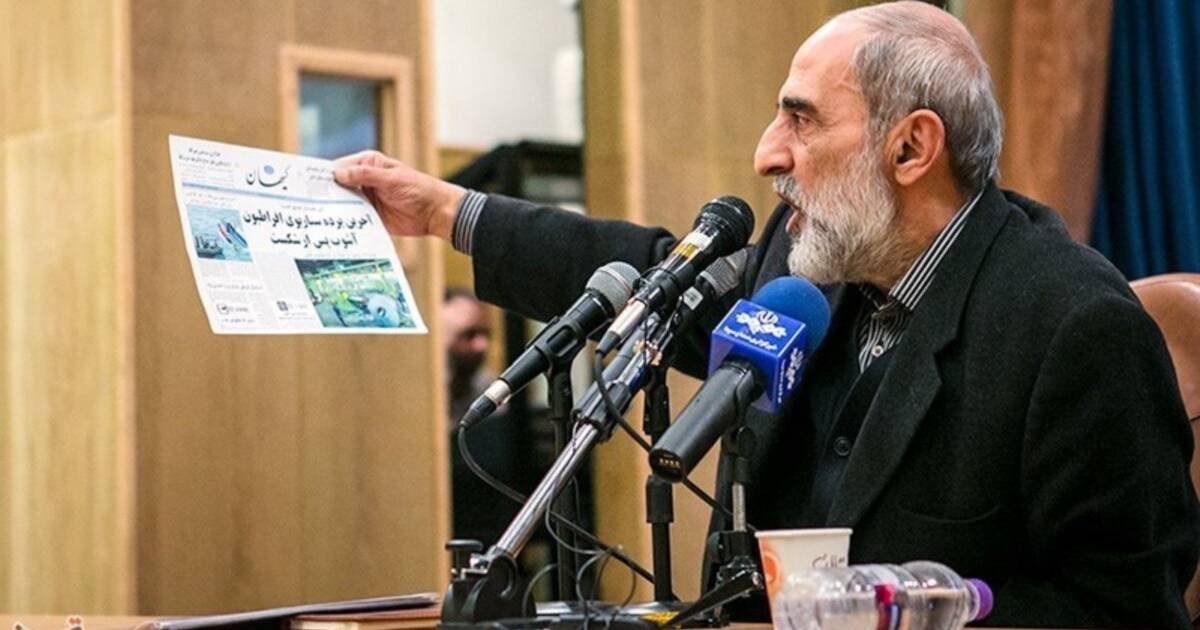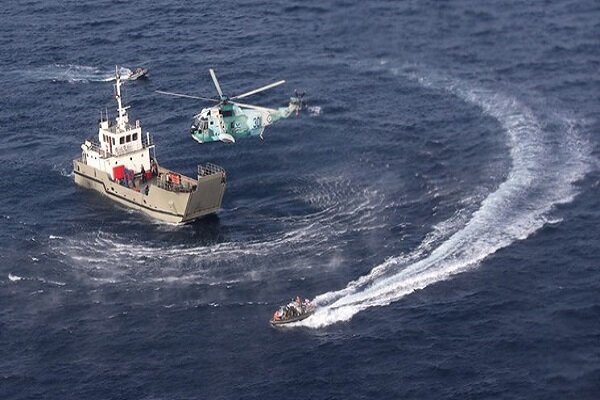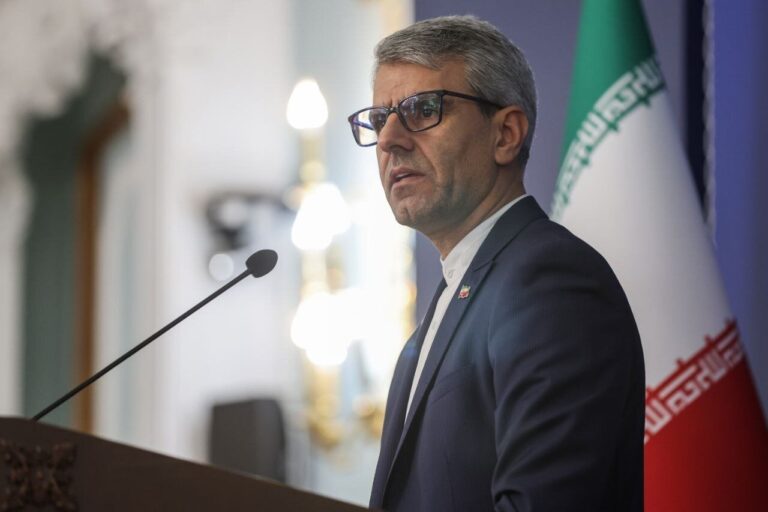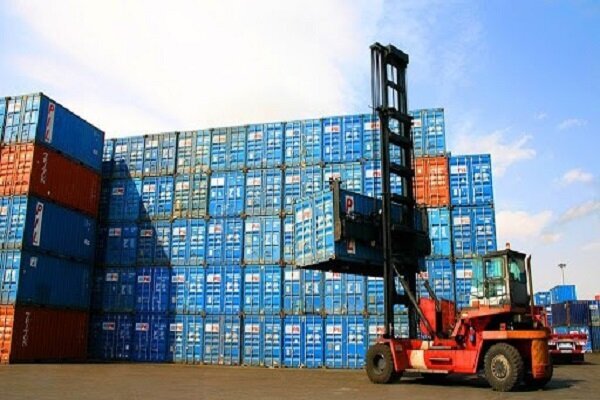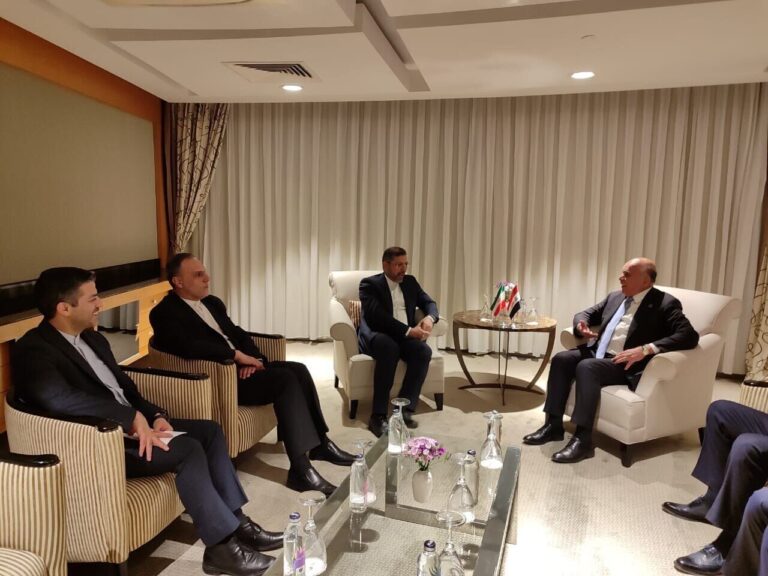Iran Criticizes Hardline Kayhan Daily for Trump Threat Controversy
In a significant development within Iran’s media landscape, the Press Supervisory Board has issued a rare warning to the ultra-hardline Kayhan newspaper concerning its provocative content, which includes threats of assassination against former President Donald Trump. This warning arises in the context of ongoing tensions surrounding the 2020 killing of IRGC’s Qasem Soleimani, a key figure in Iran’s military operations.
The supervisory board announced that it had formally reprimanded Kayhan’s managing editor following the publication of an anonymous column in the newspaper’s Saturday edition. This piece, written in a satirical tone, openly supported violent retribution against Trump and mocked his past threats. The column provocatively stated, “A few bullets are going to be fired into that empty skull of his.”
In a follow-up column published on Sunday, the rhetoric escalated further. “The shot hasn’t even been fired yet, and already a bunch of local lackeys and US bootlickers are totally freaking out… They’ve gotten scared because their skulls are as empty as Trump’s,” the outlet claimed, responding to criticism from public figures on social media.
- Threats Against Trump: Following Soleimani’s assassination, Trump and several aides were placed on an Iranian hit list.
- Recent Context: The intensity of this issue has waned in recent months amid Trump’s renewed maximum pressure campaign and discussions surrounding a potential new nuclear deal.
- Editorial Control: The controversial column is widely believed to be penned by Kayhan’s ultra-hardline editor-in-chief, Hossein Shariatmadari, who has held this position for over three decades.
Shariatmadari, known for his hardline views, often reflects the sentiments of certain factions within Ali Khamenei’s inner circle. His calls for closing the Strait of Hormuz and threats against the US, Israel, and regional allies like Saudi Arabia and the UAE are well-documented. Jason Brodsky, policy director of United Against Nuclear Iran (UANI), remarked, “Such threats ring hollow the demands of Iranian officials for there to be ‘mutual respect’ during future negotiations with the United States.”
Brodsky further emphasized that Kayhan has been aligned with the regime’s past plots, which US law enforcement has disrupted. He urged US officials to firmly communicate that negotiations are impossible while Iran continues to threaten and plot against American citizens.
In light of Brodsky’s comments, Iranian media and public figures have also criticized Kayhan and Shariatmadari. A commentary from Rouydad 24, a Tehran-based website, described Shariatmadari’s rhetoric as “creating a crisis.” Another piece characterized his statements as a “shooting diplomacy in the heart.”
Furthermore, the Ettela’at newspaper, also overseen by Khamenei’s office, criticized Kayhan and other hardline outlets for advocating nuclear armament and assassination threats. The commentary stated, “At such a critical juncture in Iran’s confrontation with the United States, these calls are damaging the credibility and stature of the armed forces and the government in both the media and public opinion.”
It warned that if this trend continues, Iran may find itself battling a domestic fifth column masquerading as super-revolutionaries. The recent warning against Kayhan stands out as notably mild compared to actions taken against reformist publications. Typically, the supervisory board has opted for harsher measures, such as suspending or revoking licenses and referring journalists for prosecution under national security charges.
This pattern of enforcement has long raised concerns over double standards, as the board appears to crack down on reformist voices while tolerating or excusing hardline rhetoric. Kayhan and Ettela’at, both among Iran’s oldest newspapers, circulate fewer than 5,000 copies, primarily to government offices, yet they wield significant political influence.
In conclusion, the warning issued to Kayhan newspaper highlights the ongoing tensions within Iran’s political discourse and media landscape. As the nation grapples with its international relations, particularly with the United States, the implications of such rhetoric cannot be understated. The balance between hardline and reformist views continues to shape the narrative in Iran, influencing both domestic and international perceptions.
